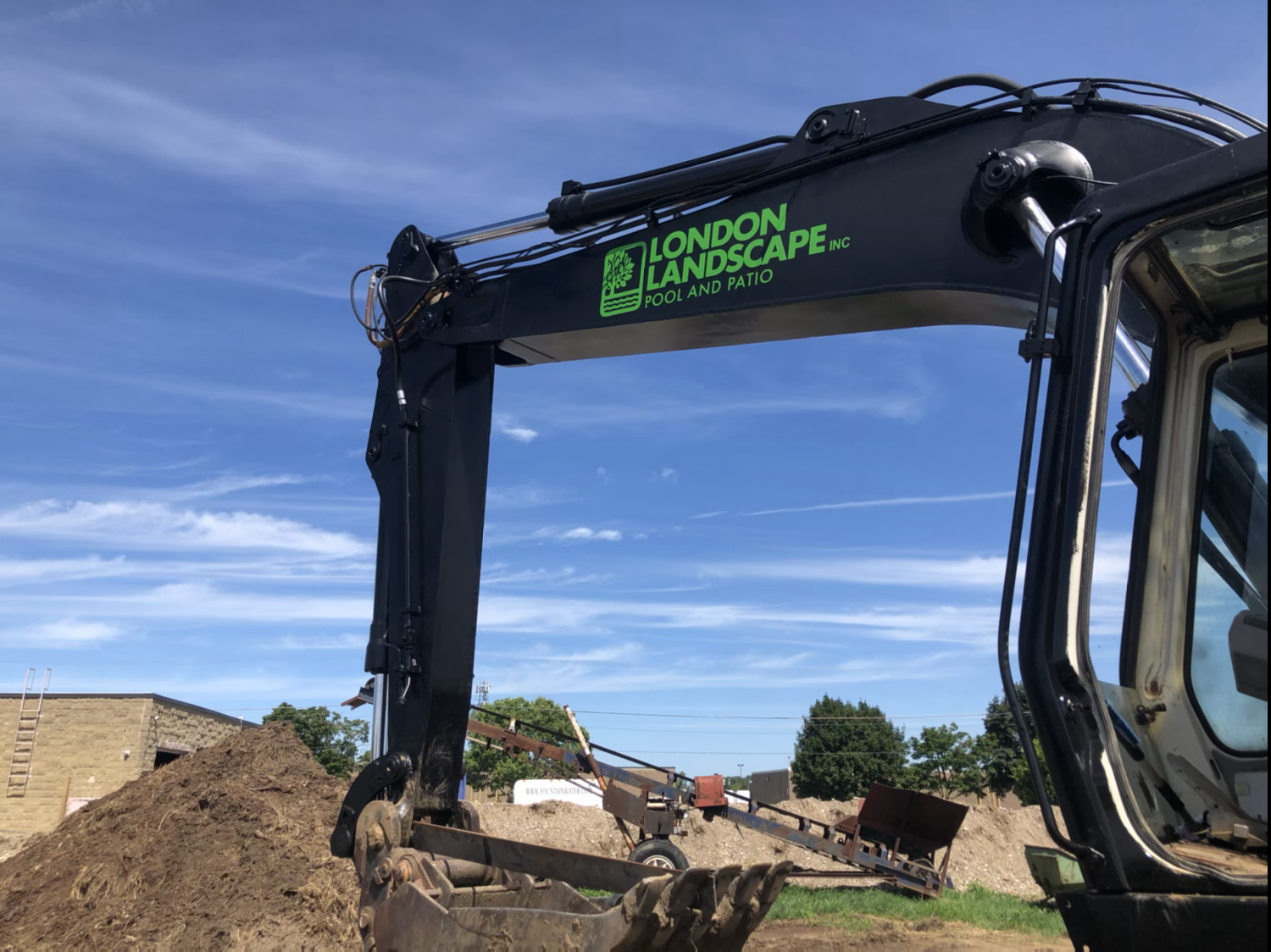Master the Art of Retaining Wall Construction
- London Landscape Inc

- Oct 21
- 4 min read
Retaining walls are essential structures in landscaping and construction, designed to hold back soil and prevent erosion. Whether you are looking to create a beautiful garden terrace, stabilize a hillside, or add functional space to your property, mastering retaining wall techniques is crucial. This guide will walk you through the key concepts, materials, and steps to build a durable and attractive retaining wall.
Understanding Retaining Wall Techniques
Retaining wall techniques vary depending on the purpose, location, and materials used. The primary goal is to resist the lateral pressure of soil and water behind the wall. Here are some common techniques and types of retaining walls:
Gravity Walls: These rely on their own weight to hold back soil. Typically made from heavy materials like concrete, stone, or brick.
Cantilever Walls: Use a reinforced concrete slab to leverage the weight of the soil on the heel of the base to resist pressure.
Sheet Pile Walls: Made from steel, vinyl, or wood planks driven into the ground, ideal for soft soils and tight spaces.
Anchored Walls: Use cables or rods anchored in the rock or soil behind the wall for additional support.
Each technique has its advantages and is suited for different soil types, wall heights, and environmental conditions. For example, gravity walls are excellent for low-height applications, while cantilever walls are better for taller structures.

Choosing the Right Materials for Your Retaining Wall
Selecting the right materials is a critical step in retaining wall construction. The choice depends on aesthetics, budget, and structural requirements. Here are some popular materials:
Concrete Blocks: Durable and easy to install, concrete blocks come in various shapes and sizes. They often include interlocking features for stability.
Natural Stone: Offers a timeless, natural look. Stones like granite, limestone, or sandstone are commonly used.
Timber: Provides a rustic appearance but may require treatment to resist rot and insects.
Brick: Suitable for decorative walls but may need reinforcement for higher walls.
Gabion Baskets: Wire cages filled with rocks, ideal for drainage and erosion control.
When choosing materials, consider drainage needs. Proper drainage behind the wall prevents water pressure buildup, which can cause failure. Incorporate gravel backfill and drainage pipes where necessary.

How to correctly build a retaining wall?
Building a retaining wall requires careful planning and execution. Follow these steps to ensure a strong and lasting structure:
Plan and Design
Determine the wall height and length.
Check local building codes and permits.
Design for drainage and soil type.
Prepare the Site
Clear vegetation and debris.
Excavate a trench for the foundation, typically below frost line in colder climates.
Level the base and compact the soil.
Lay the Foundation
Add a layer of crushed stone or gravel for drainage and stability.
Compact the base layer thoroughly.
Build the Wall
Start laying the first course of blocks or stones, ensuring they are level.
Use a string line to keep the wall straight.
Backfill with gravel behind each course to improve drainage.
Incorporate geogrid reinforcement for taller walls.
Install Drainage
Place perforated drainage pipes at the base behind the wall.
Cover pipes with gravel and filter fabric to prevent clogging.
Finish the Wall
Cap the wall with special blocks or stones for a clean look.
Add soil and plants behind the wall to stabilize the area.
Following these steps carefully will help you avoid common problems like wall bulging, cracking, or collapse.

Common Challenges and How to Overcome Them
Retaining wall construction can face several challenges. Understanding these issues helps in planning and execution:
Soil Pressure: Excessive soil pressure can cause walls to lean or fail. Use proper drainage and reinforcement to mitigate this.
Water Drainage: Poor drainage leads to water buildup and hydrostatic pressure. Always include drainage pipes and gravel backfill.
Frost Heave: In colder climates, freezing and thawing cycles can damage walls. Excavate below the frost line and use frost-resistant materials.
Uneven Settling: Uneven soil compaction can cause cracks. Compact soil layers thoroughly during construction.
Material Durability: Choose materials suited to your climate and soil conditions to ensure longevity.
By anticipating these challenges, you can design a retaining wall that stands the test of time.
Enhancing Your Landscape with Retaining Walls
Retaining walls are not just functional - they can transform your outdoor space. Here are some ideas to enhance your landscape:
Terracing: Create multiple levels for planting beds or patios on a slope.
Seating Walls: Build low retaining walls that double as benches.
Water Features: Integrate waterfalls or ponds with retaining walls for a natural look.
Lighting: Add LED lights along the wall for ambiance and safety.
Plantings: Use creeping plants or vines to soften the wall’s appearance.
These creative uses make retaining walls a valuable addition to any property.
Mastering retaining wall techniques requires knowledge, planning, and attention to detail. Whether you are a DIY enthusiast or a professional, understanding the principles behind retaining wall construction will help you build strong, beautiful, and lasting walls that enhance your landscape and protect your property.










Comments